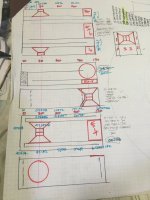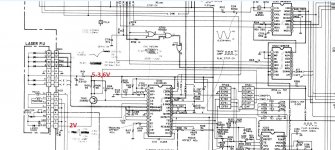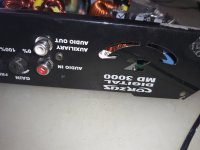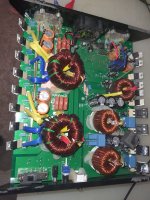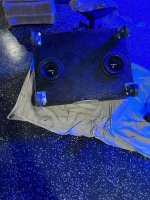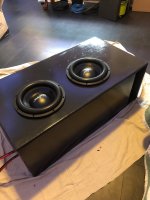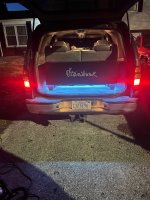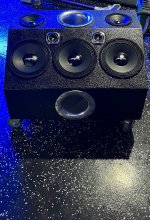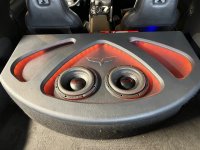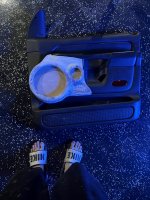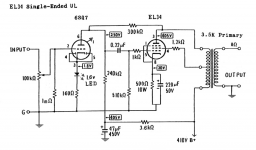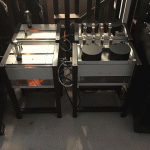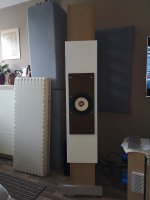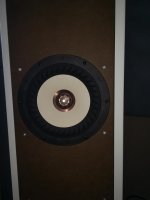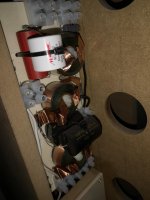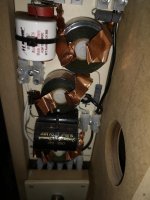LTspice XVII strange problem - Can't find definition of 2N3019 -- Help?
- By rongon
- Software Tools
- 2 Replies
After years of running LTspice IV, I've recently switched to LTspice XVII. However, I've run into the craziest problem.
I've attached a .asc I'm working on. In it there are two NPN BJTs, a 2N3019 and a 2N2219A.
Both of those devices have models in the standard.bjt file in the \lib\cmp folder.
I put the two NPN transistors into the schematic in the normal way:
Now when I run the simulation, I see the error "Can't find definition of model "2N3019' - Select OK to continue the simulation with the default model or Cancel to quit now".

What's crazy is if I replace them with PMOS MOSFETs, the simulation runs without complaint.
I'll attach my standard.bjt file so you can look and tell me if anything is weird in it.
I'll also attach the .asc file that's making this error.
Here's the schematic:

This is so strange. The MOSFET symbol works fine; that loads models from standard.mos with no issue.
But the NPN symbol simply will not load without that error.
This is the .asy file for the NPN BJT:
And this is the line in standard.bjt that it should be calling:
Can anyone see what I'm doing wrong?
Thanks.
I've attached a .asc I'm working on. In it there are two NPN BJTs, a 2N3019 and a 2N2219A.
Both of those devices have models in the standard.bjt file in the \lib\cmp folder.
I put the two NPN transistors into the schematic in the normal way:
- Click the Device icon in the toolbar
- Choose the npn option
- place that in the schematic
- right-click on the NPN transistor symbol in the schematic and choose the model from the list; 2N3019 for the top one, 2N2219A for the bottom one.
Now when I run the simulation, I see the error "Can't find definition of model "2N3019' - Select OK to continue the simulation with the default model or Cancel to quit now".
What's crazy is if I replace them with PMOS MOSFETs, the simulation runs without complaint.
I'll attach my standard.bjt file so you can look and tell me if anything is weird in it.
I'll also attach the .asc file that's making this error.
Here's the schematic:
This is so strange. The MOSFET symbol works fine; that loads models from standard.mos with no issue.
But the NPN symbol simply will not load without that error.
This is the .asy file for the NPN BJT:
Code:
Version 4
SymbolType CELL
LINE Normal 44 76 36 84
LINE Normal 64 96 44 76
LINE Normal 64 96 36 84
LINE Normal 40 80 16 64
LINE Normal 16 80 16 16
LINE Normal 16 32 64 0
LINE Normal 16 48 0 48
WINDOW 0 56 32 Left 2
WINDOW 3 56 68 Left 2
SYMATTR Value NPN
SYMATTR Prefix QN
SYMATTR Description Bipolar NPN transistor
PIN 64 0 NONE 0
PINATTR PinName C
PINATTR SpiceOrder 1
PIN 0 48 NONE 0
PINATTR PinName B
PINATTR SpiceOrder 2
PIN 64 96 NONE 0
PINATTR PinName E
PINATTR SpiceOrder 3And this is the line in standard.bjt that it should be calling:
Code:
.model 2N3019 NPN(Is=14f Vaf=100 Bf=200 Ikf=.75 Xtb=1.5 Br=5 Rc=.7 Cjc=16p Mjc=.36 Cje=55p Mje=.1553 Tr=800p Tf=800p Itf=1.2 Vtf=5 Xtf=55 Rb=10 Vceo=80 Icrating=1 mfg=Semicoa)Can anyone see what I'm doing wrong?
Thanks.
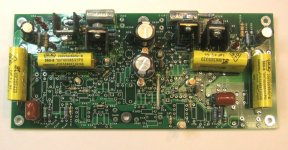
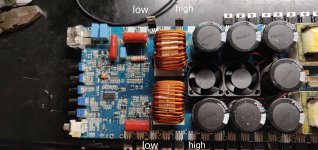

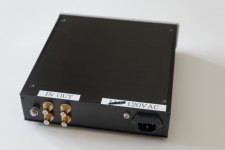
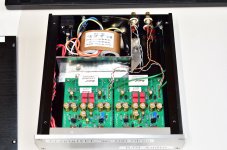
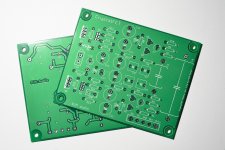
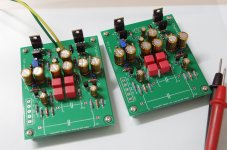




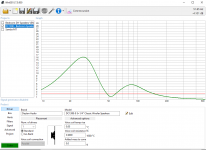
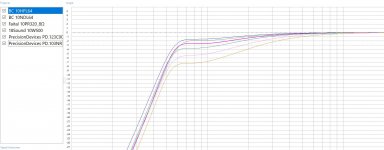
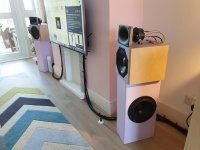
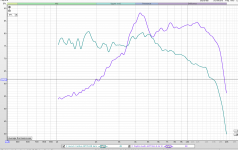


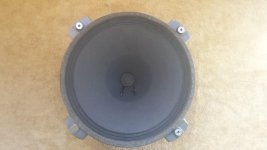
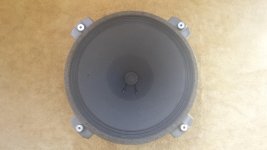
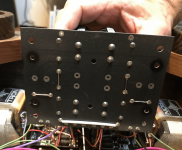
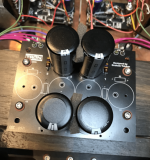
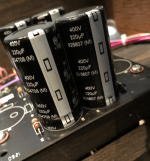
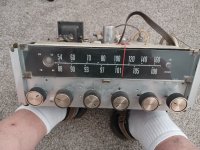
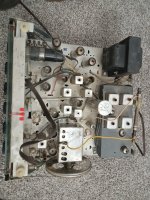
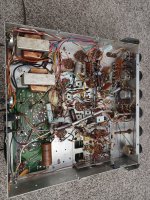
 . Anyone out the care to elaborate on the difference between the static and dynamic radial motors? And does anyone know if the other CDM-2 variants (the /29 etc) are static or dynamic? I would guess dynamic, but I'm not sure.
. Anyone out the care to elaborate on the difference between the static and dynamic radial motors? And does anyone know if the other CDM-2 variants (the /29 etc) are static or dynamic? I would guess dynamic, but I'm not sure. The laser makes two tries upon startup, up and down, but no lock… Since than I have been searching and reading but found no solution that works for me… I have found service manuals only for similar players but there is no servo or CDM schematic… My player uses the same main board as Philips 640, 650, 660… but CDM 2/29.
The laser makes two tries upon startup, up and down, but no lock… Since than I have been searching and reading but found no solution that works for me… I have found service manuals only for similar players but there is no servo or CDM schematic… My player uses the same main board as Philips 640, 650, 660… but CDM 2/29. 
